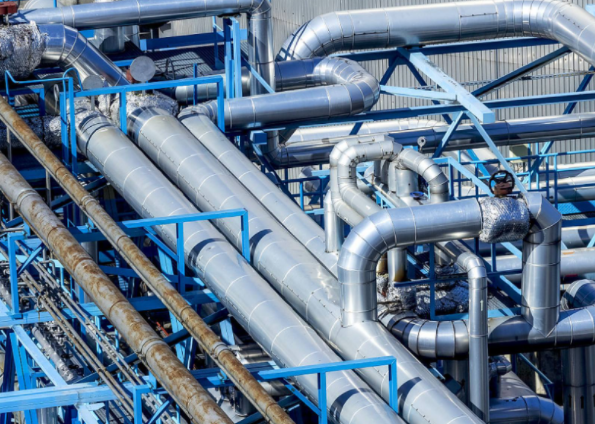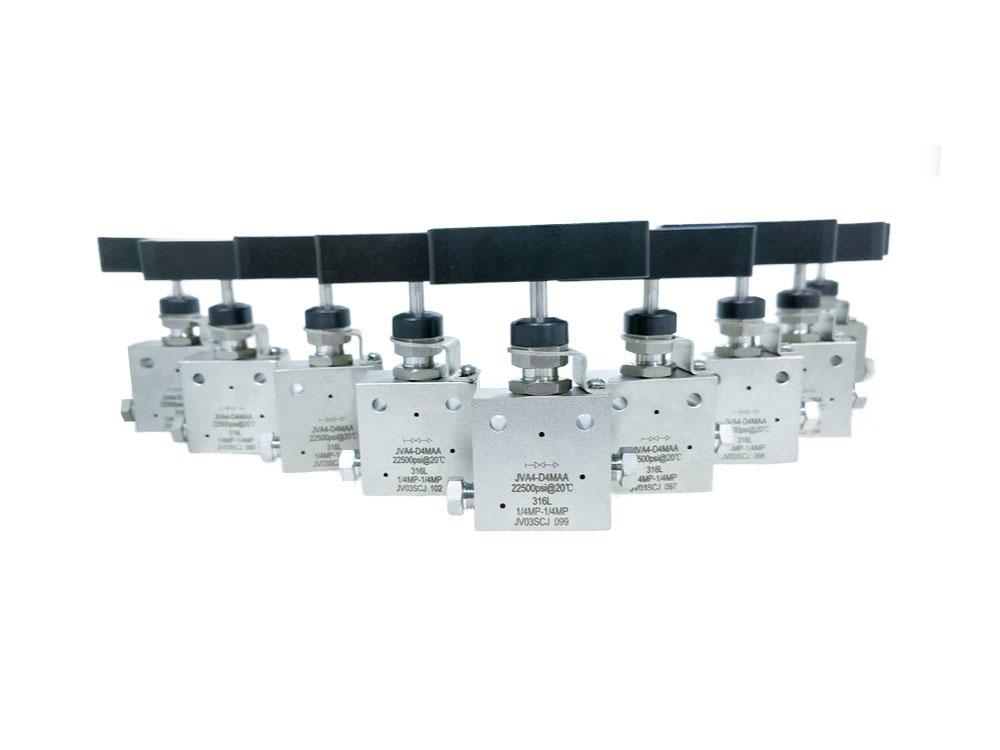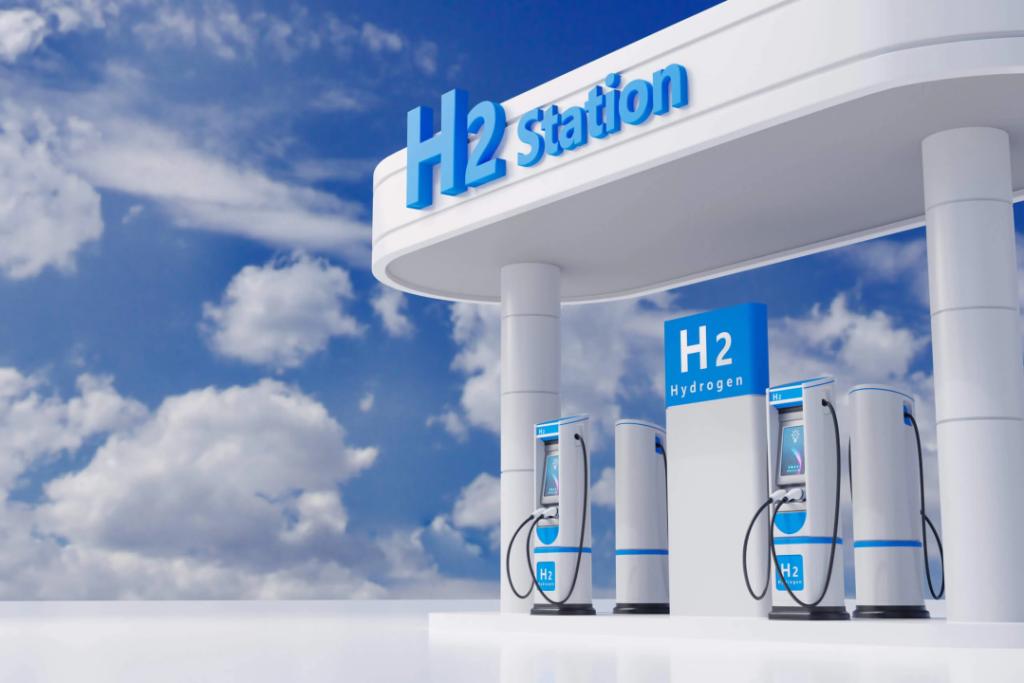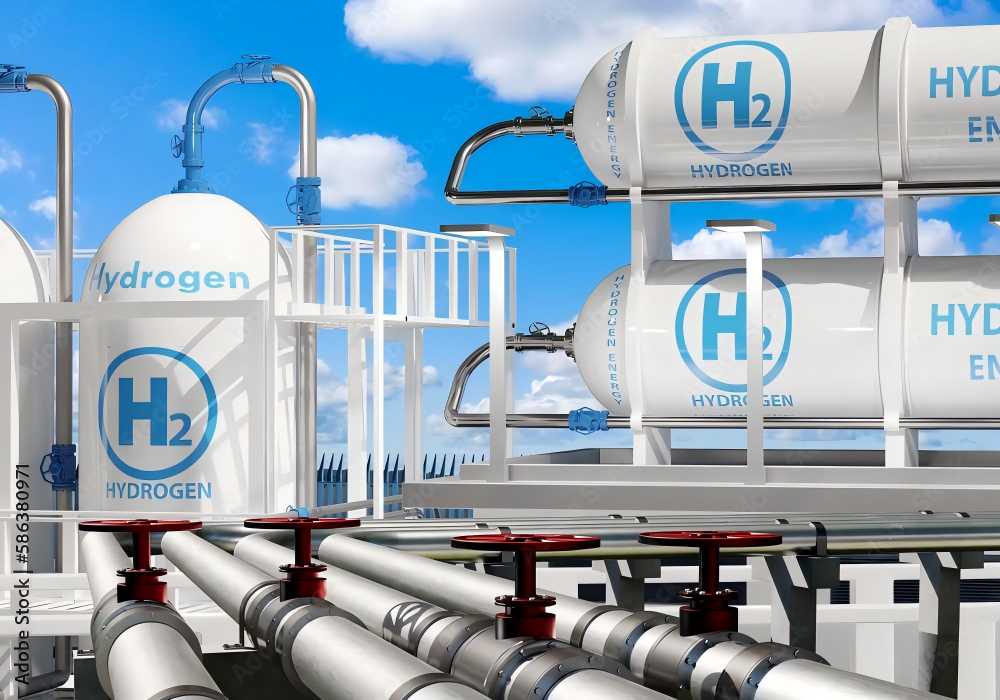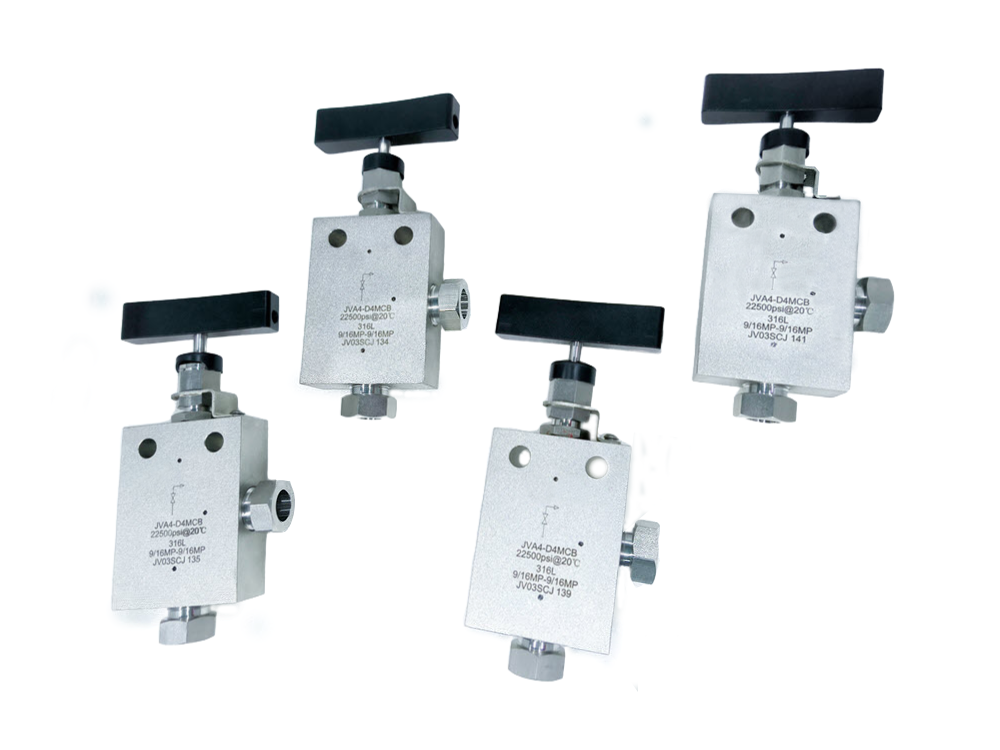Hydrogen Pipeline Transportation: What You Need to Know
As the world transitions to a low-carbon future, hydrogen has emerged as a critical component of clean energy strategies. Whether used as a fuel for fuel-cell vehicles, a feedstock in industrial processes, or a storage medium for renewable energy, hydrogen plays a versatile role in the decarbonization of multiple sectors.
However, producing hydrogen is only part of the equation—transporting it from production facilities to end-users efficiently and safely is equally vital. Among the various hydrogen transportation methods available, hydrogen pipeline transport is gaining attention due to its scalability, lower long-term costs, and ability to integrate with future hydrogen hubs.
This article explores the growing importance of hydrogen pipelines, compares transport options, investigates suitable hydrogen pipeline materials, and highlights technical and regulatory challenges involved in building a robust hydrogen infrastructure.
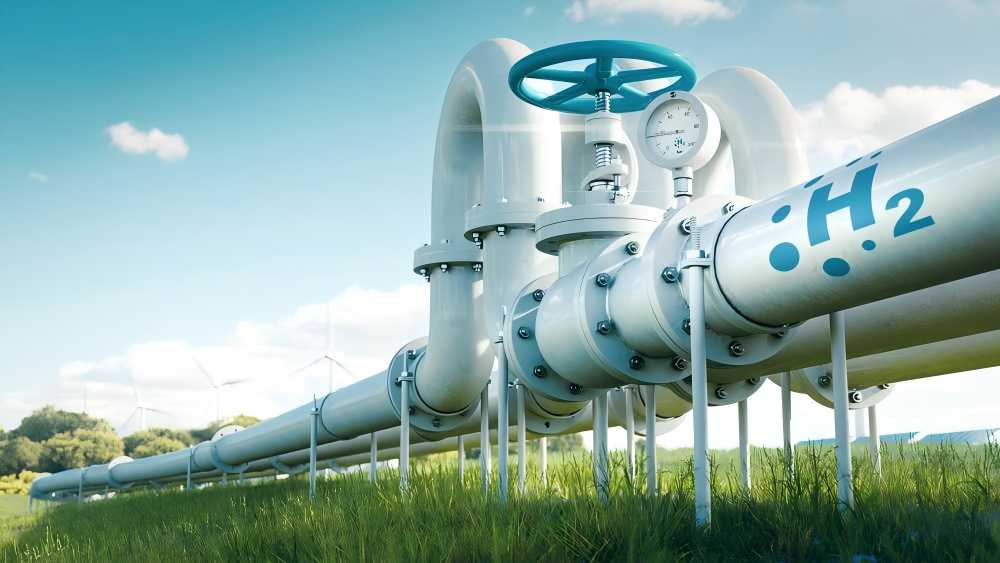
What is a Hydrogen Pipeline?
A hydrogen pipeline is a dedicated infrastructure system used to transport hydrogen gas over long distances, typically at high pressure. Similar in design to natural gas pipelines, hydrogen pipelines are specifically engineered to accommodate the unique properties of hydrogen—such as its small molecular size, high diffusivity, and tendency to cause embrittlement in metals.
Globally, hydrogen pipeline networks have been in operation for decades, particularly in regions with mature petrochemical and refining industries. For example, the Gulf Coast region of the United States features over 1,600 miles of hydrogen pipelines, primarily owned by industrial gas suppliers like Air Products and Linde. Europe and Asia are rapidly expanding their hydrogen pipeline infrastructure to support the transition to green hydrogen.
Hydrogen Pipeline Transport vs. Other Hydrogen Transportation Methods
Hydrogen can be transported through various means, each with its own pros and cons. Below is a comparative overview:
| Transportation Method | Cost | Efficiency | Safety | Ideal Distance |
| Hydrogen Pipeline Transport | Low (long-term) | High | Moderate | Medium to Long |
| Liquid Hydrogen Tankers | Medium | Medium | Complex (cryogenic risks) | Medium |
| Compressed Gas Cylinders | High | Low | High (pressure hazards) | Short |
| LOHC / Ammonia Carriers | Medium | Medium | High | Flexible |
While compressed gas and liquid hydrogen are viable for localized or initial deployment, pipeline transport stands out for large-scale, continuous hydrogen distribution. It offers higher energy efficiency per unit distance and is especially attractive for connecting centralized hydrogen production (e.g., via electrolysis) to industrial clusters or export terminals.
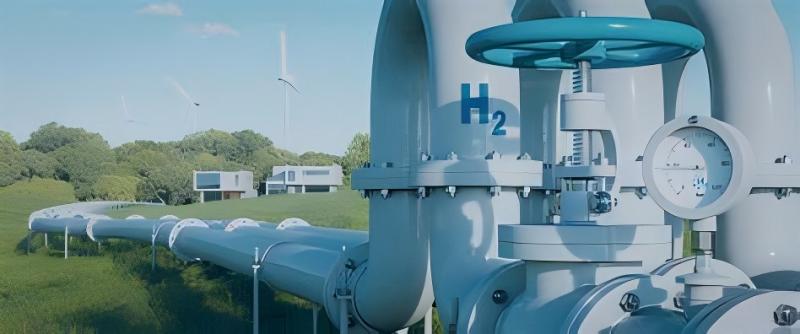
Materials for Hydrogen Pipelines: What Works and What Doesn’t
Choosing the right hydrogen pipeline material is crucial for safe and long-lasting infrastructure. Hydrogen presents unique challenges to pipeline materials, the most notable being hydrogen embrittlement—a phenomenon where hydrogen atoms penetrate metal lattices, reducing ductility and leading to cracks.
Common Pipeline Materials
1. Carbon Steel (e.g., API 5L X52, X70):
- Widely used in natural gas infrastructure.
- Economical but susceptible to hydrogen embrittlement under high pressures.
- Suitable for internal coatings or under specific operating conditions.
2. Stainless Steel (e.g., 316L):
- Offers superior resistance to hydrogen embrittlement.
- More expensive but preferred for high-integrity hydrogen service, especially in refueling stations or high-purity hydrogen applications.
3. Polyethylene and Composite Materials:
- Common in short-distance or low-pressure distribution systems.
- Under research for high-pressure applications, but not yet widely deployed.
4. Internal Coatings and Liners:
- Modern hydrogen pipelines often employ specialized coatings to prevent hydrogen diffusion and corrosion.
R&D and Emerging Trends
Ongoing research is focused on developing alloy-based materials with higher fracture toughness, as well as exploring novel coatings and barrier layers. Institutions like Sandia National Laboratories and the European HySteel project are leading efforts to certify new pipeline materials for hydrogen transportation.
Technical and Regulatory Challenges of Hydrogen Pipeline Transportation
Transporting hydrogen through pipelines is not without technical and regulatory hurdles. These include:
1. Hydrogen Leakage and Permeability
Hydrogen molecules are extremely small, allowing them to leak through microscopic cracks or poorly sealed joints. This necessitates high-quality welding, advanced seals, and rigorous leak detection systems.
2. Pressure Management
Hydrogen pipelines typically operate at pressures between 30 and 100 bar. The system must be designed to withstand such pressures while maintaining long-term reliability.
3. Existing Infrastructure Compatibility
Retrofitting existing natural gas pipelines for hydrogen is an attractive low-cost solution, but material compatibility, pressure constraints, and blending limits must be carefully assessed. Studies suggest that only limited hydrogen blending (typically up to 20%) is feasible in current natural gas networks.
4. Regulatory Framework
Standards such as ASME B31.12 (Hydrogen Piping and Pipelines) and ISO 16111 govern hydrogen infrastructure design. Governments worldwide are updating regulations to align with hydrogen safety and performance requirements.
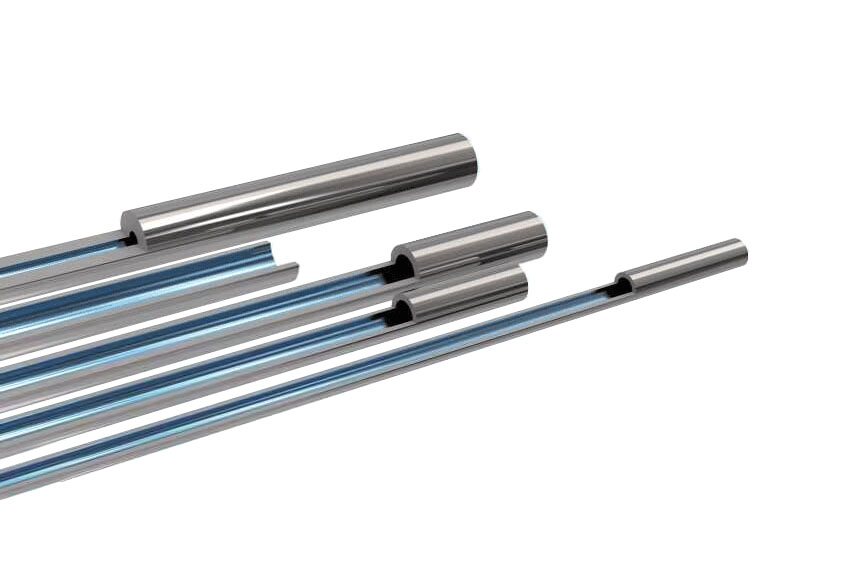
Conclusion and Overlook
Hydrogen pipeline transportation represents a cornerstone of the future energy infrastructure. Its ability to deliver large volumes of hydrogen efficiently and cost-effectively makes it indispensable for scaling up hydrogen applications in mobility, industry, and power generation.
However, realizing this potential requires thoughtful material selection, meticulous design to address hydrogen-specific challenges, and robust policy support. As innovation continues and global collaboration strengthens, hydrogen pipelines are set to become as common—and as critical—as today’s natural gas networks.
FAQ for Hydrogen Pipeline Transportation
Q1: What is the best material for a hydrogen pipeline?
A: It depends on the pressure and application. Stainless steel (e.g., 316L) offers high resistance to hydrogen embrittlement and is widely used in critical applications. For lower-cost systems, carbon steel with proper coatings can be effective.
Q2: How far can hydrogen be transported via pipeline?
A: Hydrogen can be transported over hundreds to thousands of kilometers via pipeline. Existing industrial hydrogen pipelines in the U.S. and Europe range from 100 km to over 400 km, and future projects aim for continental-scale transport.
Q3: Can existing natural gas pipelines be used for hydrogen?
A: In some cases, yes. However, material compatibility, hydrogen embrittlement risk, and leak tightness must be thoroughly assessed. Many projects are exploring blended transport (hydrogen-natural gas) or partial reuse with retrofitting.
Q4: Is hydrogen pipeline transport cheaper than using trucks or ships?
A: For regional and high-volume distribution, yes. Once constructed, pipelines offer significantly lower per-unit transport costs compared to truck or cryogenic ship transport.
Q5: Why is hydrogen transportation so complex compared to other gases?
A: Hydrogen is the smallest and lightest molecule, which makes it more prone to leakage, embrittlement of metals, and requires high compression. Its flammability range is also broader, demanding stricter safety controls.

